How And When To Harvest Zucchini For Delicious Squash All Summer Long
Summer squash are prolific producers. But do you know how and when to harvest zucchini for peak flavor? Learn how right here.

Amy Draiss
Zucchini is a prolific, rapid growing vegetable that one minute will be a diminutive 3 inches (8 cm.) long and practically overnight becomes a foot and half (46 cm.) long monster. It’s not always easy to know when to harvest vegetables or even when to pick different types of squash. So when is zucchini ready to pick? Read on to find out all the dirt on how and when to harvest zucchini.
Zucchini Harvesting Basics
Zucchini is a summer squash, a member of the Cucurbita family amongst which melons, pumpkins, cucumbers, and gourds also reside. Zucchini dates back to 5500 B.C. and originated in the northern parts of South America. It was then “discovered” by European explorers and introduced into their countries of origin.
Zucchini grows on a bushy, non-vining plant with large, dark green leaves peppered with silvery grey streaks. These large leaves provide shade to the fruit, but also tend to play “hide n’ seek” with it. One minute you have tiny zucchini and seemingly in the next, gargantuan fruit. That’s why vigilant zucchini plant picking is so important. The mammoth fruit tends to become stringy on the inside with a tough exterior.
When picking zucchini plants, you want smaller, more tender fruits that are sweet and mild. The plants produce both male and female flowers, making it a perfect squash to grow for those with limited space, as the plant does not need another to set fruit.
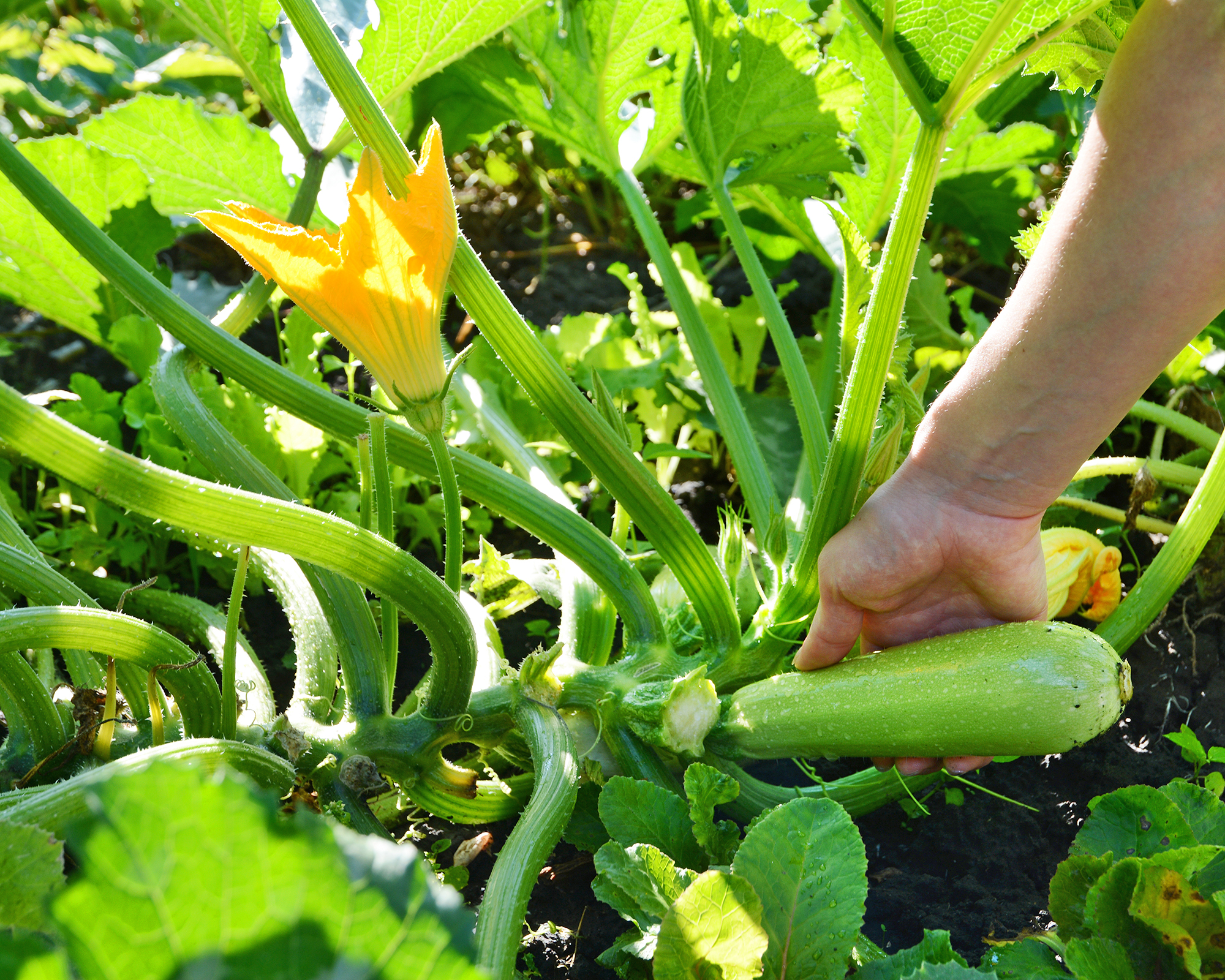
Trust me, one healthy plant will produce more than enough fruit for most small families. In fact, harvesting and storing zucchini at the proper time and conditions will undoubtedly provide ample fruit for not only your family but your friends and extended family as well!
One gardener even created a holiday just to get rid of his excess zucchini harvest. Sneak Some Zucchini Onto Your Neighbor's Porch Day falls on August 8th each year, which gives you a clue about when it's time to harvest zucchini. Let's take a look at some other ways to tell when to harvest zucchini.
When to Harvest Zucchini
Ideally, zucchini squash harvesting will commence when you have fruit that is 6 to 8 inches (15-20 cm.) long. Some cultivars have fruit that is still edible at up to a foot (31 cm.) long.
Gardening tips, videos, info and more delivered right to your inbox!
Sign up for the Gardening Know How newsletter today and receive a free copy of our e-book "How to Grow Delicious Tomatoes".
That said, if you leave the fruit on too long, the seeds and rind harden, making it unpalatable. If you pick often, fruit production is hastened, which may or may not be a good thing. If you find that you and yours are drowning in more zucchini than can be reasonably used, leave a few fruit on the plant to slow down production.
Fruit should also be dark green (yellow or white depending upon the variety) and firm. If the fruit feels mushy, it’s probably rotting and should be discarded.
How to Harvest Zucchini
Don’t just pull the fruit from the plant when harvesting zucchini. You will likely damage the plant. Cut the fruit from the plant at the stem.
With its broad leaves, zucchini fruit can be difficult to spot, hence, giants are often found hiding where you had never noticed fruit before. Check under the leaves for hidden fruit. Be careful when you are hunting, lest you damage the fragile leaves and stems.
How to Store Zucchini
Now that you have harvested the fruit, how do you store it? Store unwashed zucchini in a perforated or open plastic bag for up to a week or freeze the fruit for use later down the road. There are a couple of ways to do this.
I shred unpeeled zucchini, drain it in a colander, and then squeeze it gently to remove excess moisture. Place it in sealed quart size freezer bags and freeze them flat so they can be stacked in the freezer. I shred it because the end result will likely be zucchini bread or fried zucchini cakes.
You can also wash the fruit, dry it, and cut it into one inch (2.5 cm.) cubes and then freeze it in freezer bags. Either way, frozen zucchini lasts up to three months.

Amy Grant has been gardening for 30 years and writing for 15. A professional chef and caterer, Amy's area of expertise is culinary gardening.
- Amy DraissDigital Community Manager
-
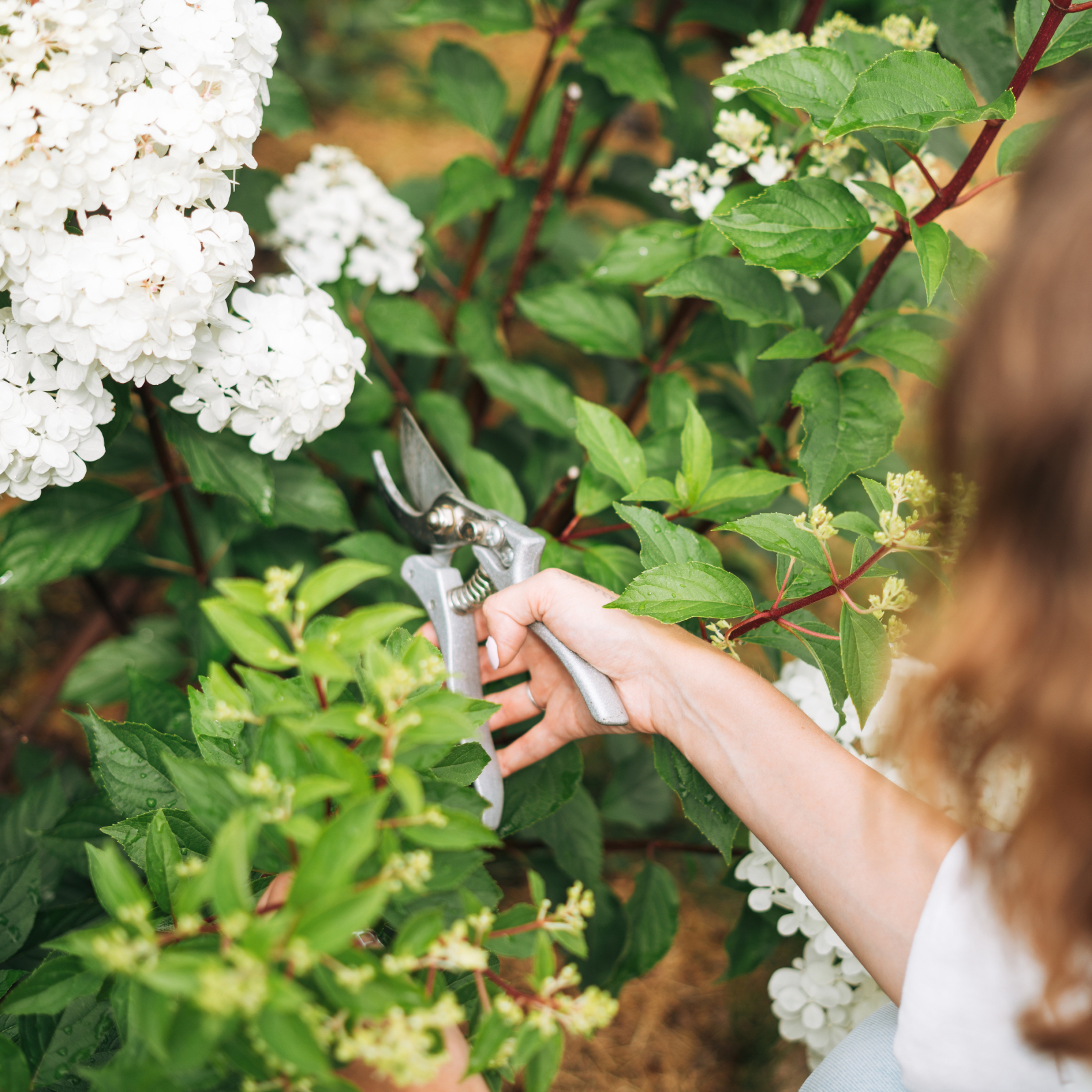 Pruning Limelight Hydrangea Bushes For Bigger Blooms & Stronger Plants
Pruning Limelight Hydrangea Bushes For Bigger Blooms & Stronger PlantsPruning 'Limelight' hydrangea will benefit the shrub. Flowers will be more bountiful the next year and branches will be stronger. Learn how and when to prune.
-
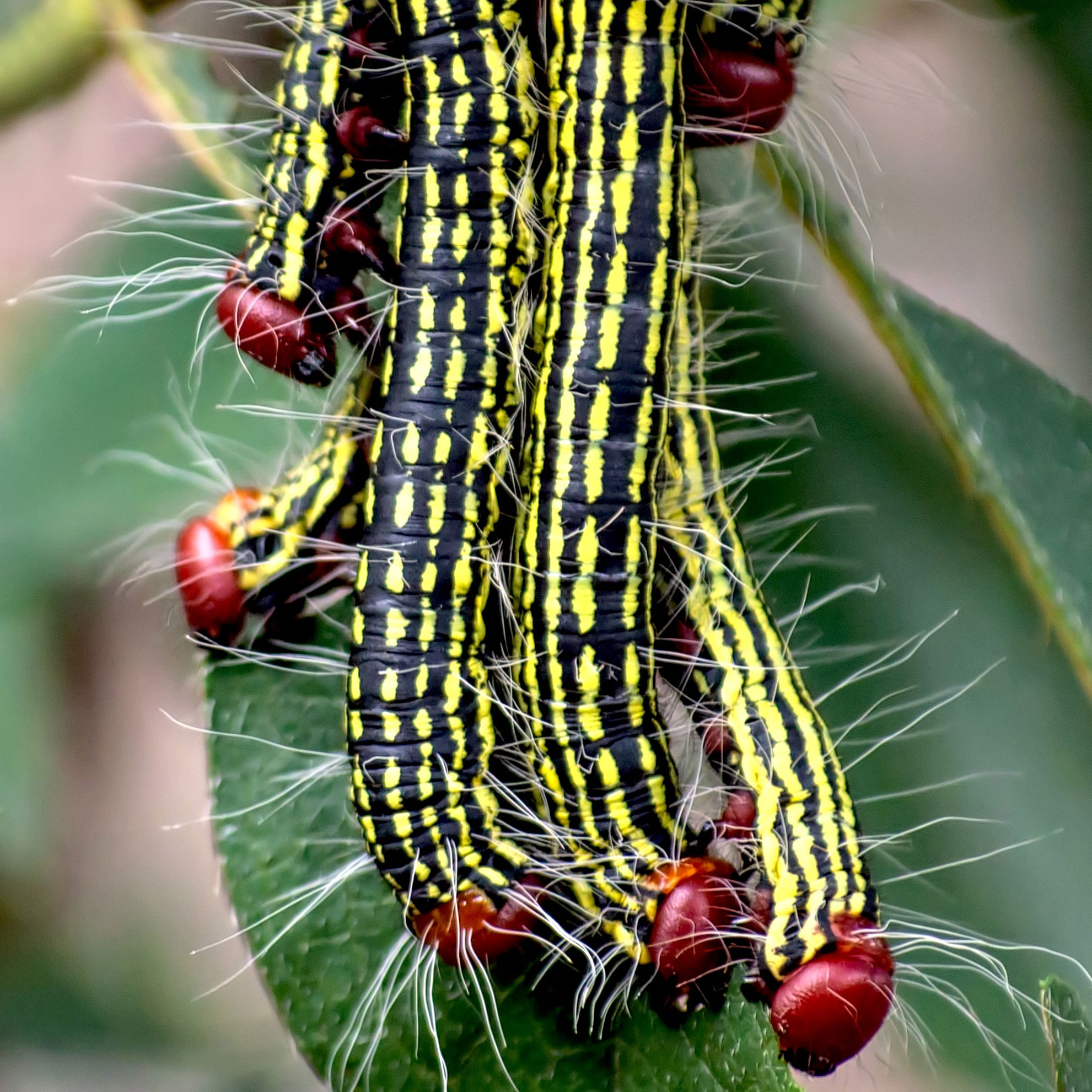 What’s Wrong With Your Azaleas? Identify, Tackle And Prevent 6 Common Azalea Pests
What’s Wrong With Your Azaleas? Identify, Tackle And Prevent 6 Common Azalea PestsIf you’ve spotted signs of azalea leaf damage, don’t panic – here’s how to identify the most common azalea pests so you can take action swiftly and keep plants healthy
-
 How To Make A Bouquet Garni Or Herb Bundle For Cooking
How To Make A Bouquet Garni Or Herb Bundle For CookingIf you’re a great cook, you may have made an herb bundle before. If this is a new idea, learn how to add sparkle and interest to your dish with a bouquet garni.
-
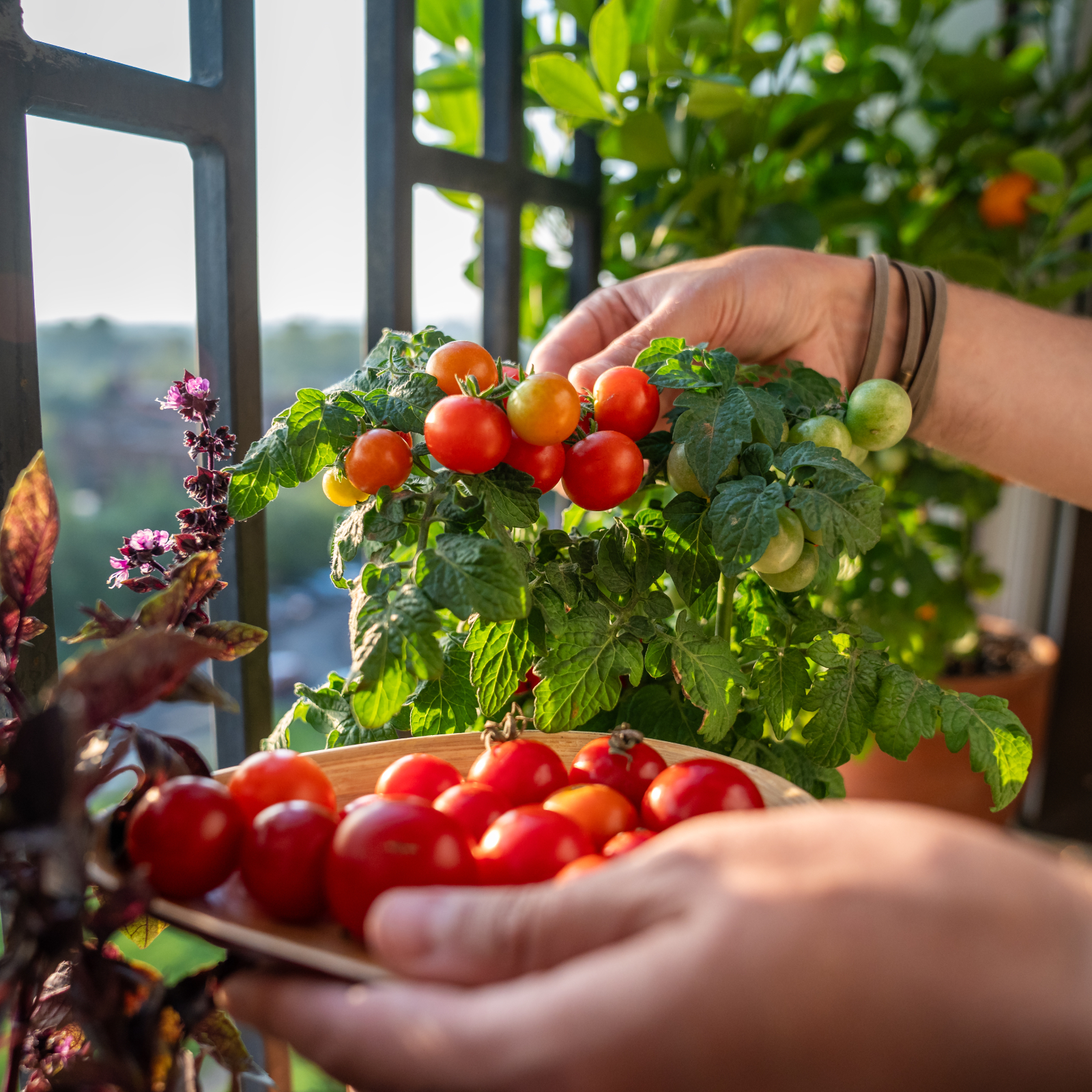 Best Tomatoes For Containers: 10 Tastiest Varieties For Plentiful Produce In Compact Areas
Best Tomatoes For Containers: 10 Tastiest Varieties For Plentiful Produce In Compact AreasThese are the best tomatoes for containers that prove you don't need to have a large space or elaborate garden to grow delicious produce.
-
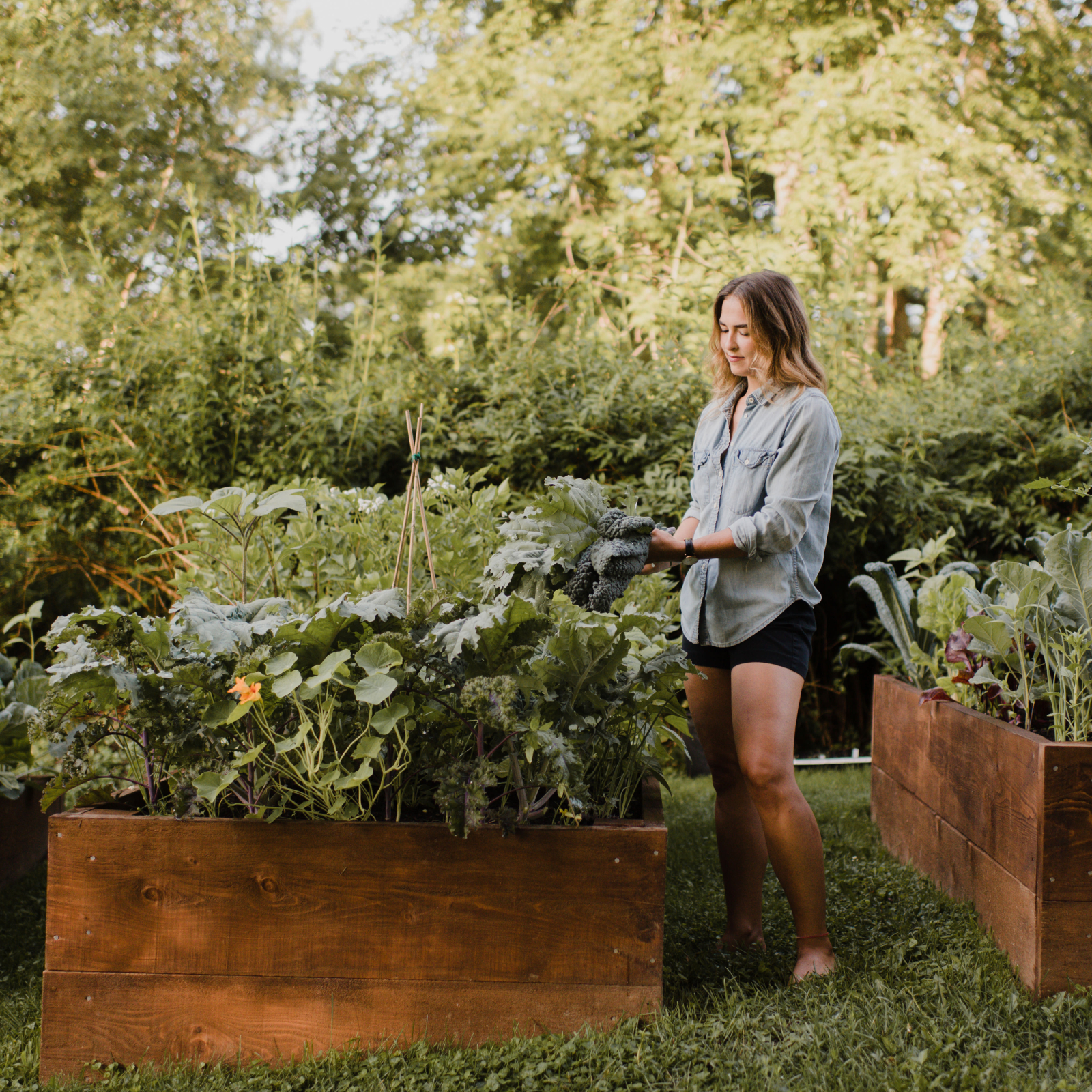 Raised Bed Garden Layout Ideas To Maximize Your Vegetable Harvest
Raised Bed Garden Layout Ideas To Maximize Your Vegetable HarvestCurious how to maximize your vegetable garden this year? Try these raised bed layout ideas and tips to get the most out of your space.
-
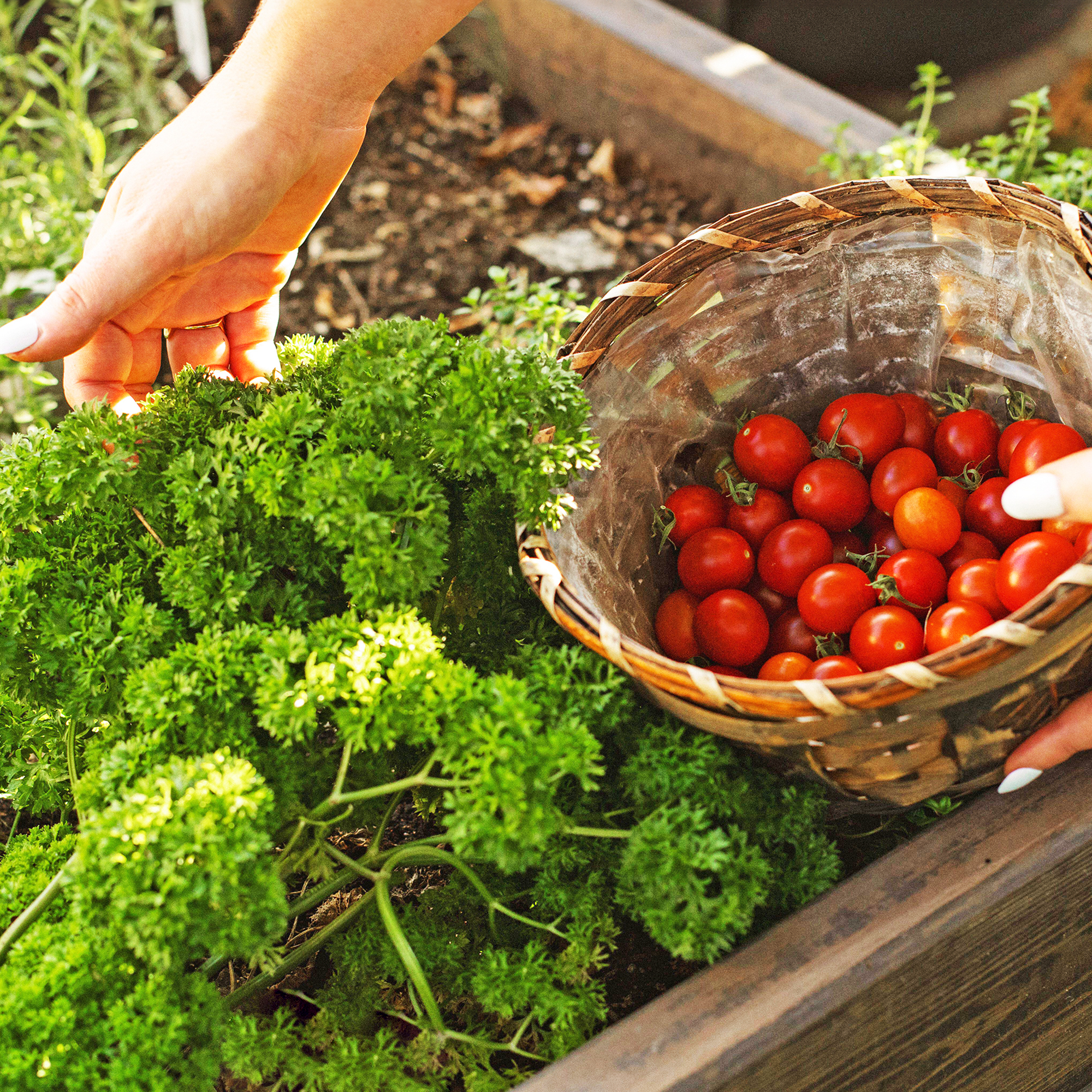 Best Herbs To Plant With Tomatoes: 6 Perfect Companions For Better Flavor & Bigger Harvests
Best Herbs To Plant With Tomatoes: 6 Perfect Companions For Better Flavor & Bigger HarvestsCertain herbs make excellent neighbors to tomatoes in the vegetable garden, repelling pests, keeping down weeds, and enhancing flavor. Try these top varieties.
-
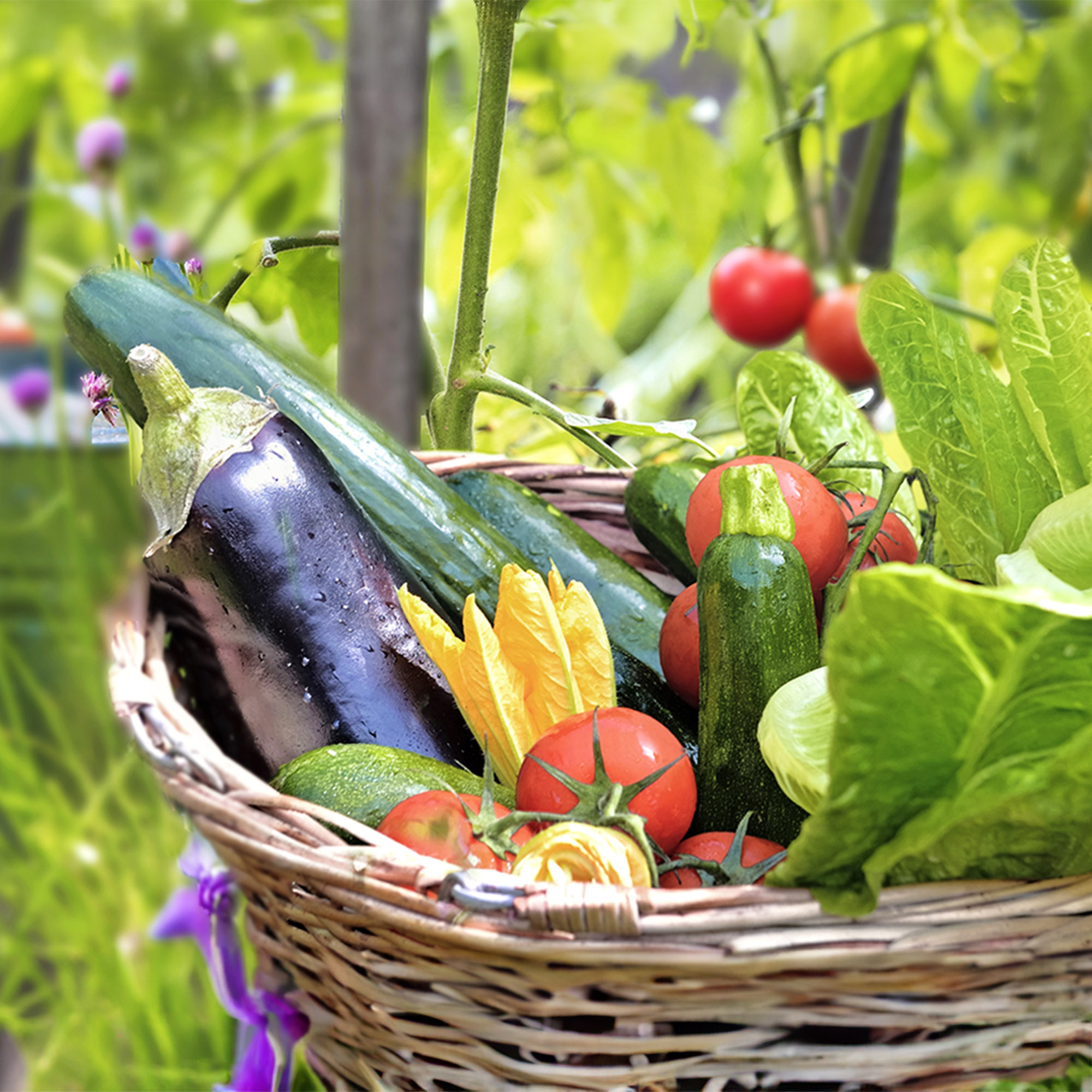 7 Best Vegetables To Plant In February – And Start Harvesting From Early Spring
7 Best Vegetables To Plant In February – And Start Harvesting From Early SpringGet a head start on your garden with these delicious veggies. Plant now and you can begin enjoying home-grown harvests sooner than you think.
-
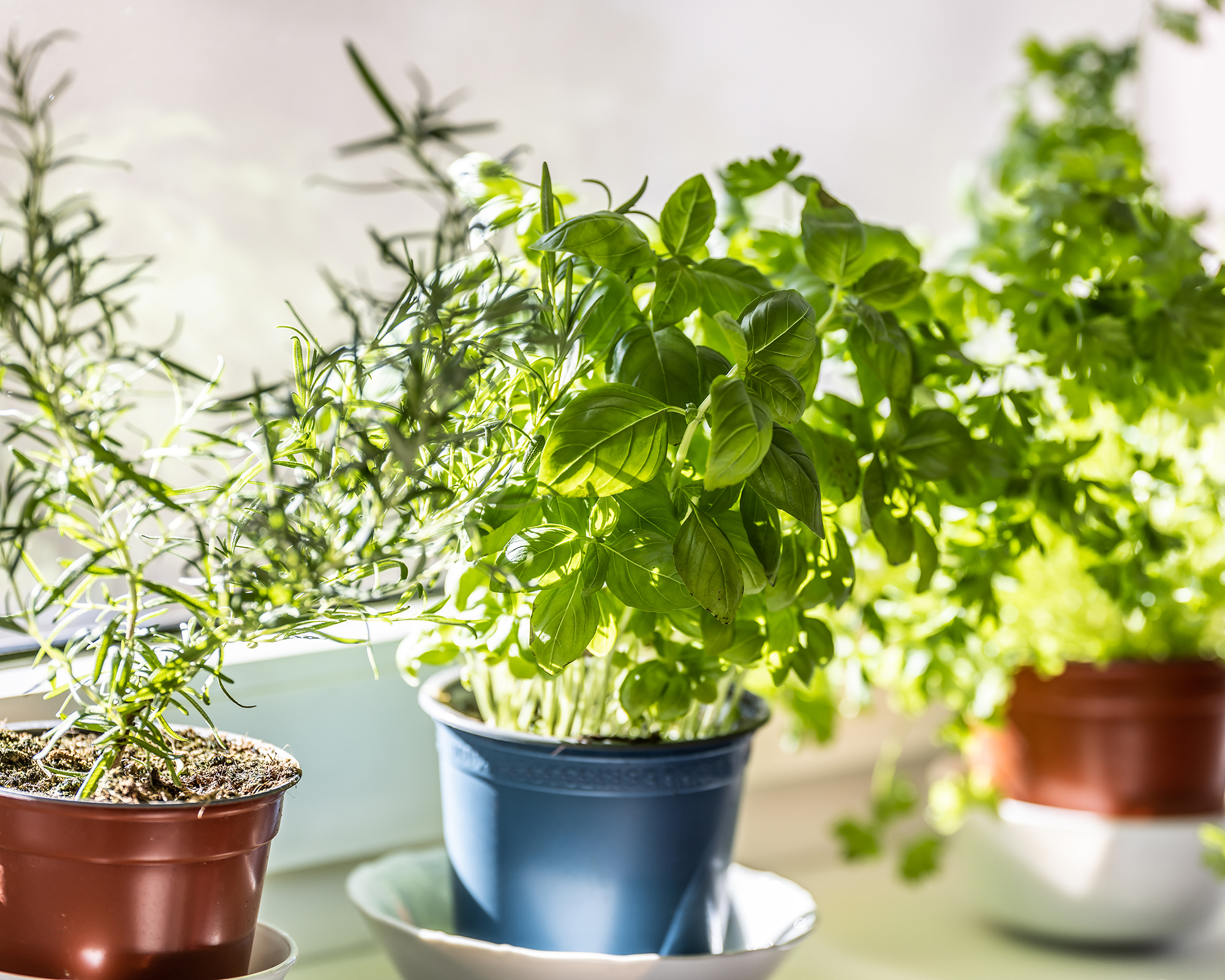 How To Grow A Windowsill Full Of Veggies This Winter, According To A Top Gardening Expert
How To Grow A Windowsill Full Of Veggies This Winter, According To A Top Gardening ExpertAward-winning journalist and climate-resilient gardening expert Kim Stoddart reveals her top plant picks and tips for a productive winter windowsill garden.
-
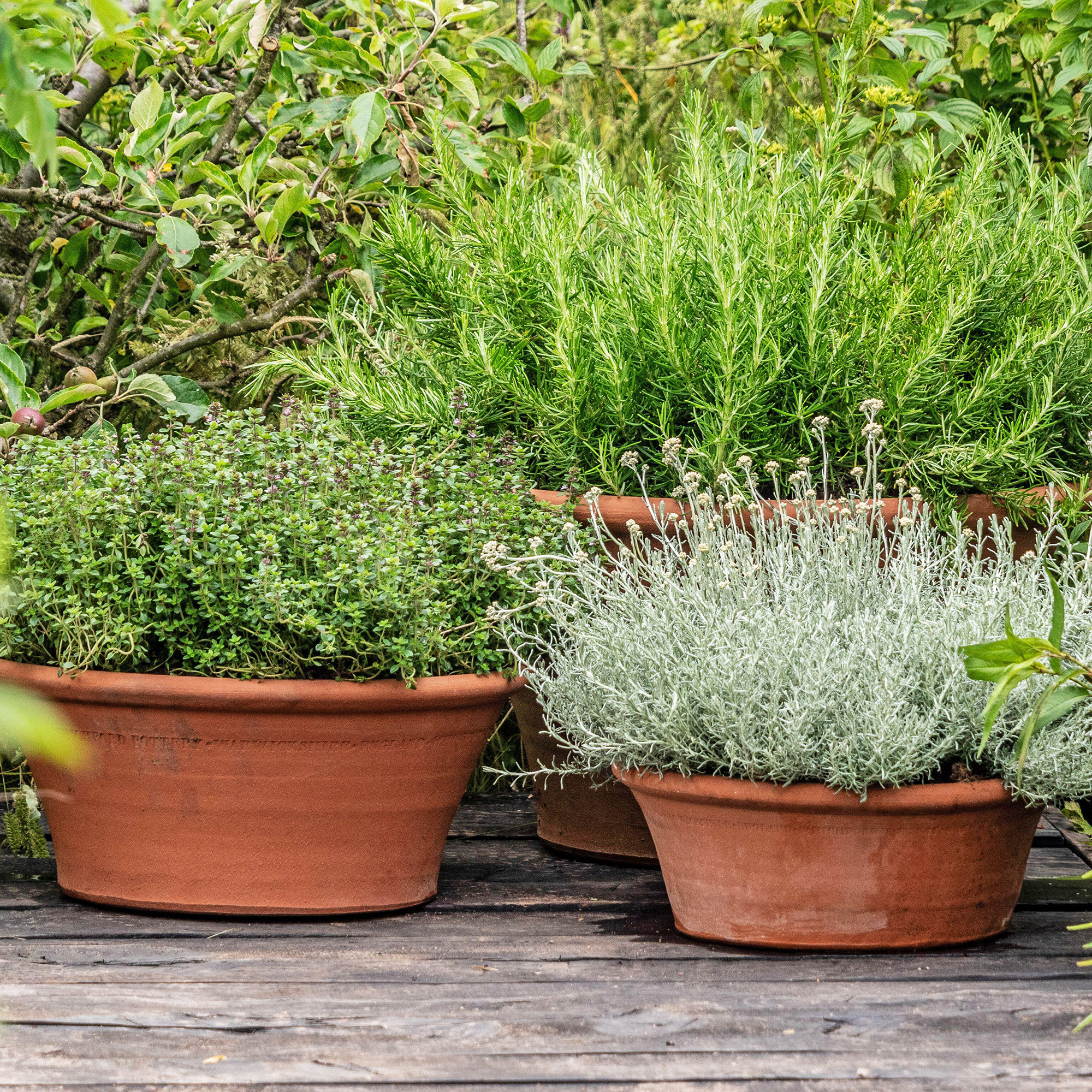 7 Perennial Herbs Perfect For Pots – Enjoy Aromatic Patio Harvests Year After Year
7 Perennial Herbs Perfect For Pots – Enjoy Aromatic Patio Harvests Year After YearDiscover the best perennial herbs to grow in pots. Ideal for small spaces, these low-maintenance plants offer year-round flavor and greenery on your patio.
-
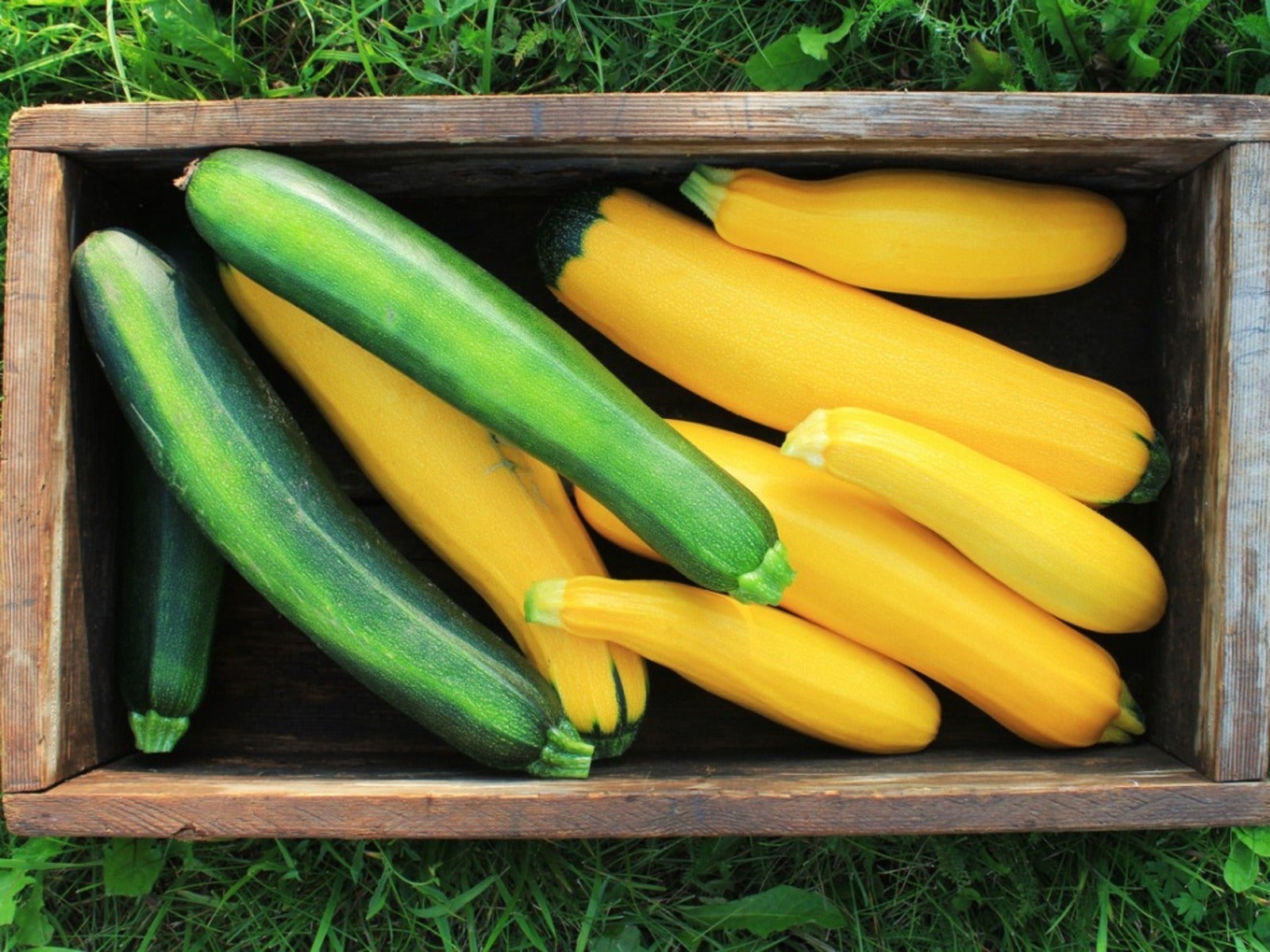 Is Zucchini A Squash? Get To Know The Difference
Is Zucchini A Squash? Get To Know The DifferenceIs zucchini the same as a summer squash? Is there a difference between zucchini and squash? Click here for these answers and more!